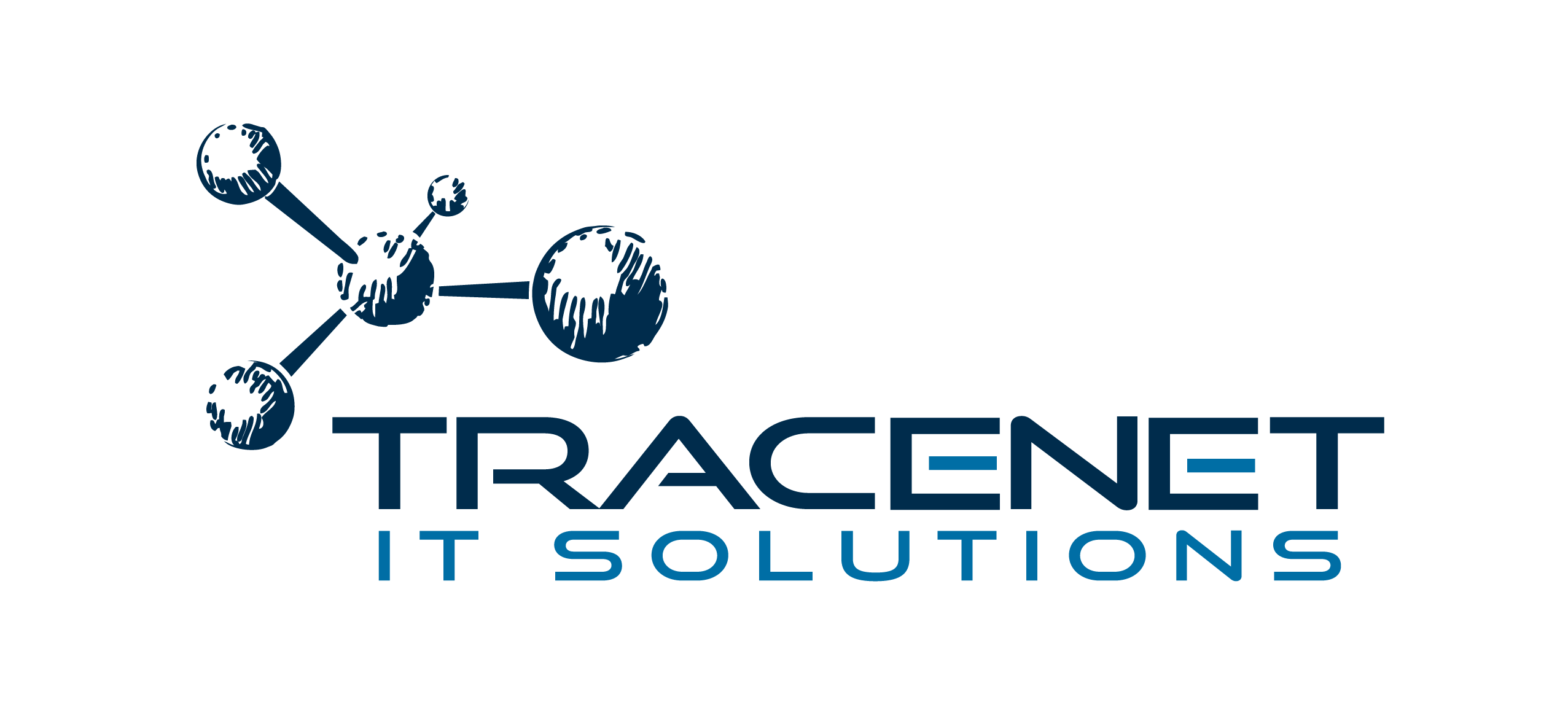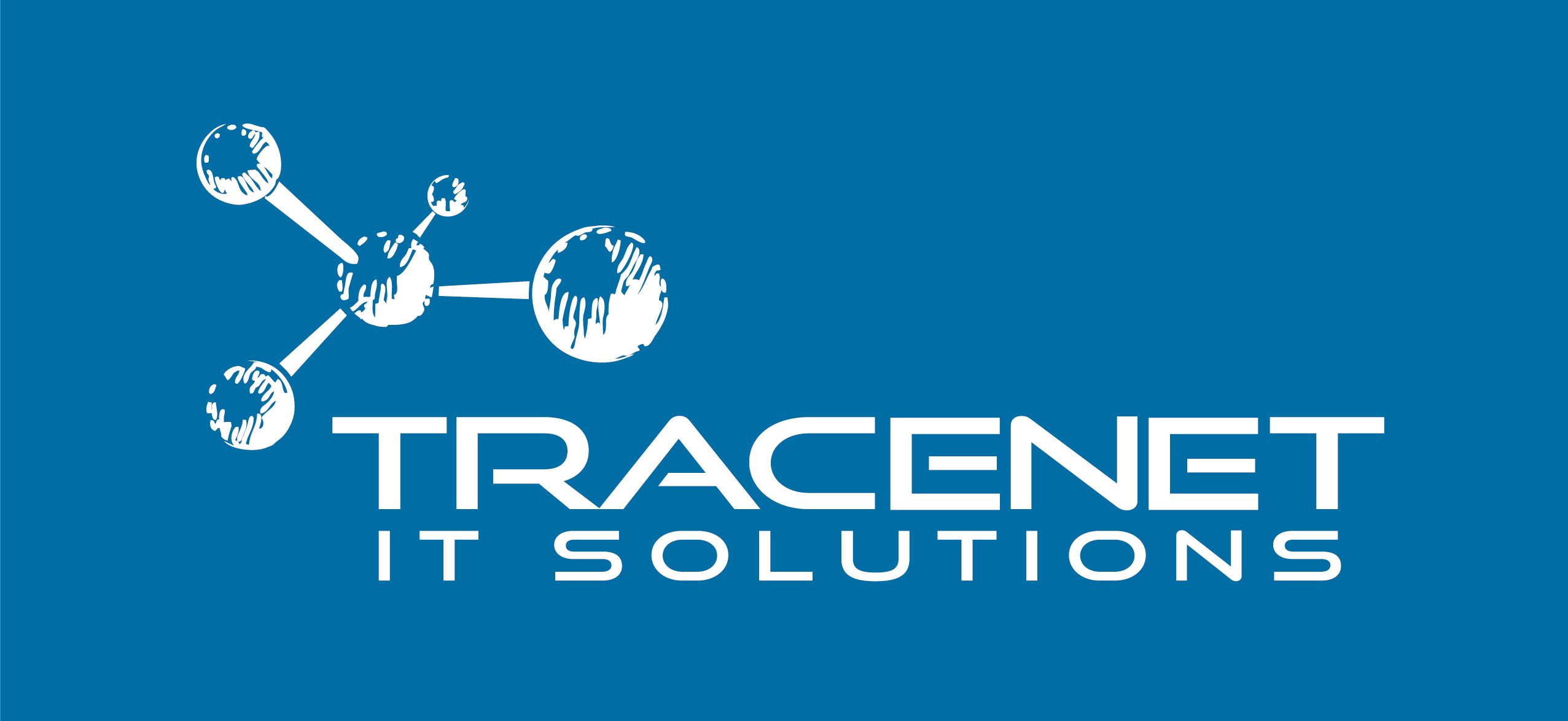In today’s corporate environment, where cyber threats are constantly evolving, understanding your company’s level of cybersecurity maturity is essential for mitigating risks and protecting digital assets. Assessing cybersecurity maturity helps us to understand where we stand and what needs to be done to get to where we need to be in order to be up to standard and generate more public trust.
That’s why, in this article, we’ll explore how to identify and measure your company’s level of cybersecurity maturity, covering tools, frameworks and practices that help prepare against complex cyber challenges.
What does cybersecurity maturity mean?
Cybersecurity maturity refers to the degree to which an organization is prepared to identify, prevent, detect and respond to cyber threats. This concept evaluates the technological tools implemented, policies, processes and organizational culture that support companies’ digital security.
Companies with high maturity demonstrate:
- Robust risk management policies.
- Well-defined incident response processes.
- An organizational culture that prioritizes security in all operations.
Understanding the stage of maturity is therefore essential for identifying gaps and prioritizing security investments.
Where to start: maturity assessment models
There are different frameworks and methodologies that help measure cybersecurity maturity.
The choice of model will depend on the size of the organization, the sector in which it operates and the complexity of its operations. Here are some examples:
- NIST Cybersecurity Framework (CSF)
The NIST CSF is one of the most widely used models. It categorizes maturity into five main functions:
- Identify: understand the company’s assets, data and risks.
- Protect: implement controls to protect critical systems.
- Detect: continuously monitor to identify threats.
- Respond: plan and execute effective actions against attacks.
- Recover: ensure that operations are restored with minimal impact.
- CMMI for Cybersecurity
The Capability Maturity Model Integration (CMMI) is ideal for companies wishing to integrate cybersecurity into business processes. It measures maturity in levels:
- Initial: inconsistent and reactive processes.
- Managed: basic processes established but not optimized.
- Defined: well-documented and integrated structures.
- Quantitatively managed: use of metrics to manage and optimize security.
- Optimized: continuous improvement with innovation in security.
- ISO 27001
This international standard provides requirements for an Information Security Management System (ISMS). Companies certified to ISO 27001 demonstrate a high level of security maturity, with auditable processes and regulatory compliance.
How to carry out a detailed assessment
The maturity assessment must be structured and include all organizational layers. The main steps for this analysis involve mapping digital assets, inventorying existing controls, compliance analysis, defense testing and metrics analysis. Check them out in practice:
- identify critical assets
The first step is to map digital assets, such as systems, sensitive data and business-critical processes. This includes
- Identifying valuable data (PII, trade secrets, financial information).
- Mapping dependencies between systems and infrastructures.
- Assessing the potential impact of an attack on each asset.
- Carry out an inventory of existing controls
Assess what tools, policies and practices are already in place, such as:
- Protection systems, such as firewalls and WAFs.
- Data backup and recovery policies.
- Awareness and training programs for employees.
This inventory helps to identify redundancies and gaps in protection.
- Analyze governance and compliance
Check that information security governance is aligned with the rules and regulations applicable to the sector. Companies that handle sensitive data must comply with laws such as GDPR, LGPD and PCI DSS.
- Test your defenses: Red Team vs. Blue Team
Practical simulations, such as Red Team (attack) and Blue Team (defense) exercises, offer valuable insights into the effectiveness of defenses. These tests show how the team responds to threats in real time and identify points for improvement.
- Use metrics for evaluation
Establish KPIs (Key Performance Indicators) to measure the efficiency of cybersecurity strategies. Some examples include:
- Rate of incidents detected and mitigated.
- Average incident response time.
- Percentage of employees trained in safe practices.
Want to find out how mature your company is in terms of cybersecurity? Rely on a company specializing in cybersecurity. We at Tracenet Solutions are ready to help you with this mission!
Organizational culture: the human factor in maturity
One of the pillars of cybersecurity maturity is organizational culture. Technology alone is not enough; it is essential that employees understand the importance of security and follow best practices.
This requires continuous training, with regular coaching. These moments should teach good practices, such as
- Identifying phishing attempts.
- Managing passwords securely.
- Reporting suspicious activity.
In addition, senior management should set an example by prioritizing security in strategic decisions. Initiatives such as creating a cybersecurity committee can involve all levels of the organization.
Maturity indicators: what to measure and how to interpret it
Assessing maturity is not just about identifying weaknesses, but also recognizing the progress made. In this context, we can consider a number of indicators:
- process indicators
- Policy documentation: clear policies accessible to all employees.
- Frequency of updates: evaluation of the frequency with which security controls and tools are updated.
- Operational indicators
- Incident response time (MTTR): measures efficiency in containing attacks.
- Threat detection rate: evaluates the effectiveness of monitoring systems.
- Awareness Indicators
- Engagement in training: percentage of participation in cyber security courses.
- Phishing test results: frequency of clicks on simulated emails.
How to interpret the assessment results?
The results should be used to prioritize actions and justify investments. For example, if the analysis shows a low threat detection rate, the company can prioritize the implementation of SIEM (Security Information and Event Management) systems.
After the assessment, draw up an action plan with clear steps to develop a security roadmap. The steps involve immediate actions (resolving critical gaps, such as unpatched vulnerabilities), medium-term actions (improving processes and governance) and long-term actions (investing in innovation and strengthening the organizational culture).
It is important to bear in mind that assessing cybersecurity maturity is an essential step in protecting the company against increasingly sophisticated threats. Using frameworks such as NIST or CMMI makes it possible to identify gaps and align security strategies with organizational objectives.
In addition, investing in organizational culture and using clear indicators ensures continuous progress in protecting critical data and systems. Count on Tracenet Solutions to assess your company’s cybersecurity maturity and take the necessary actions to improve the indicators indicated!



